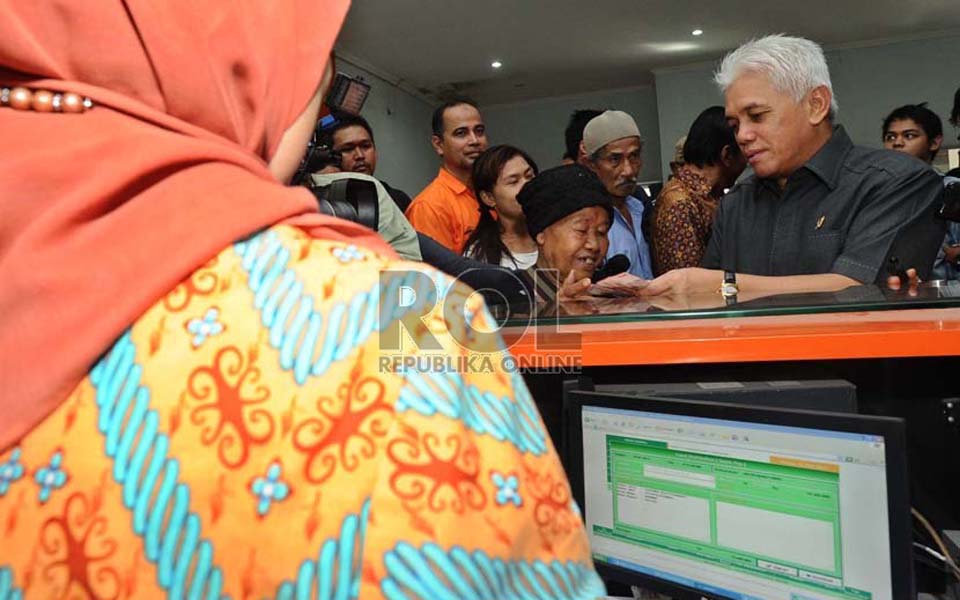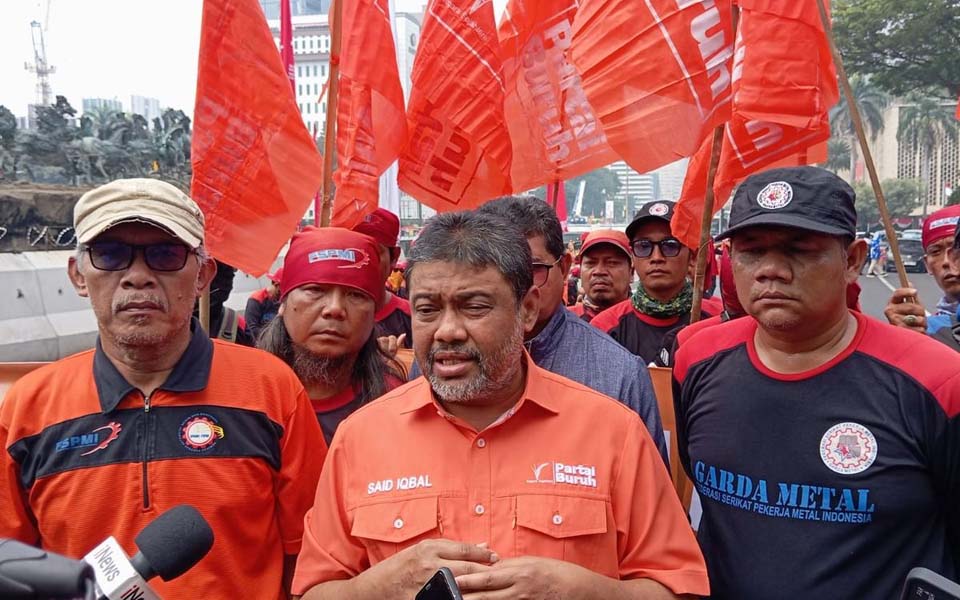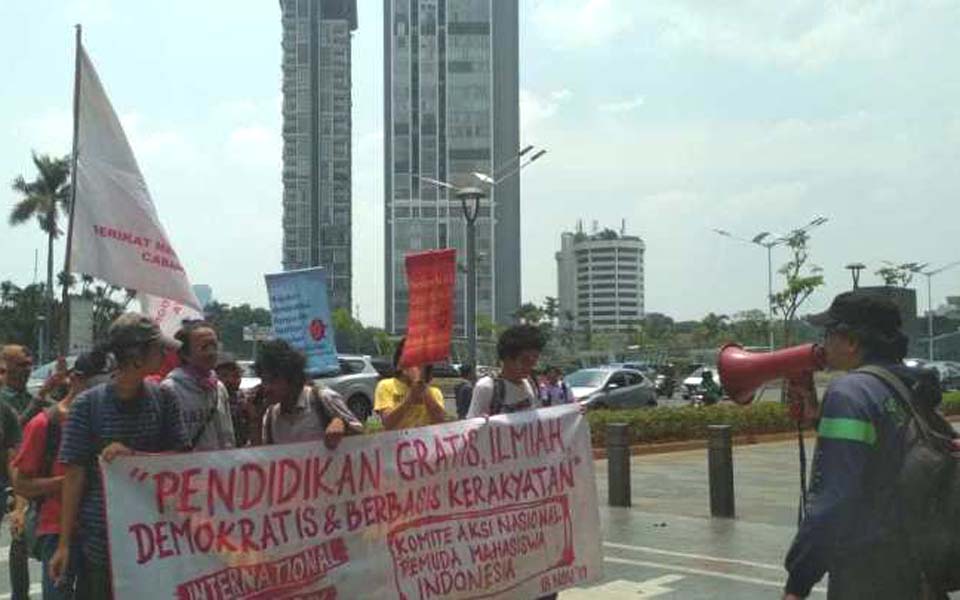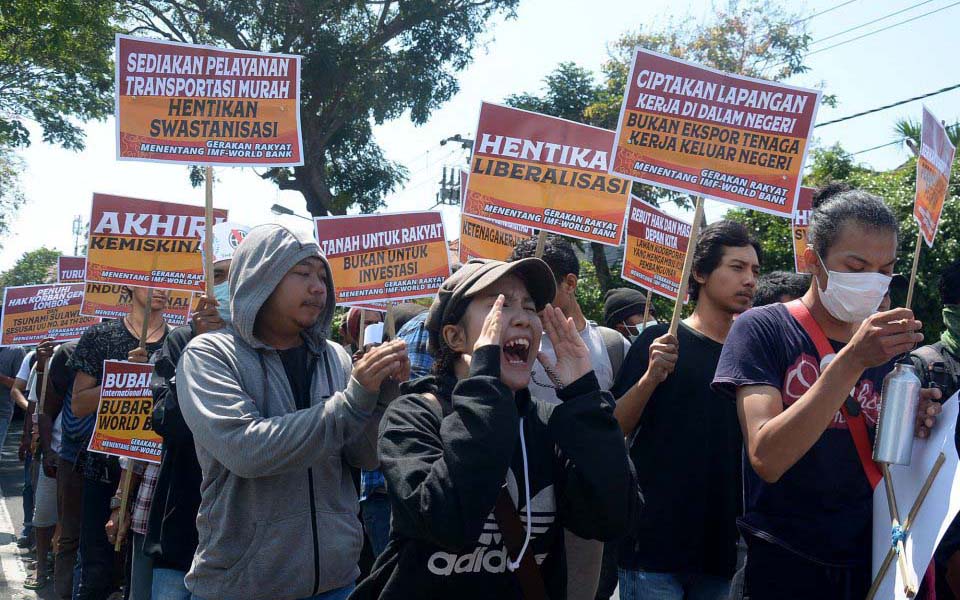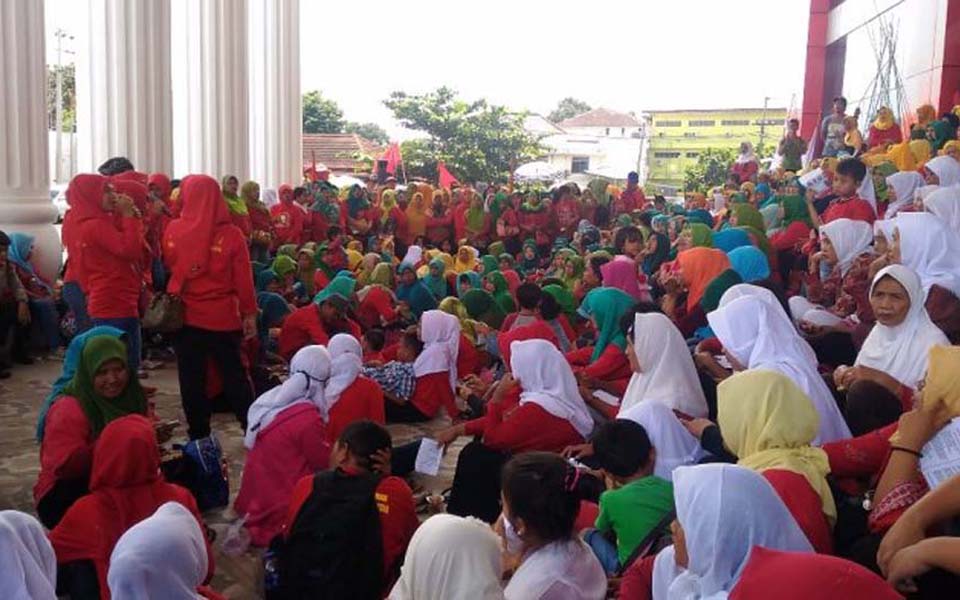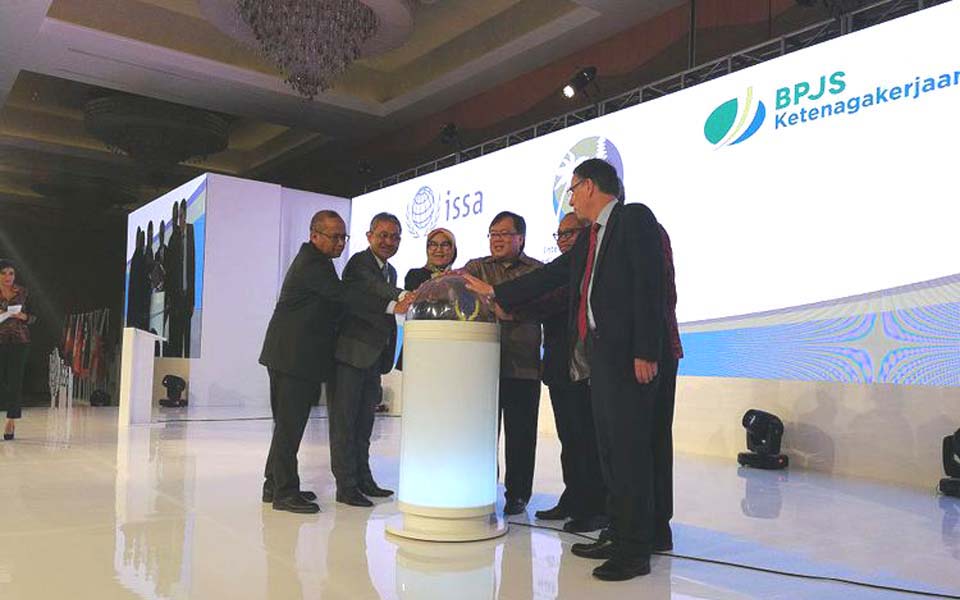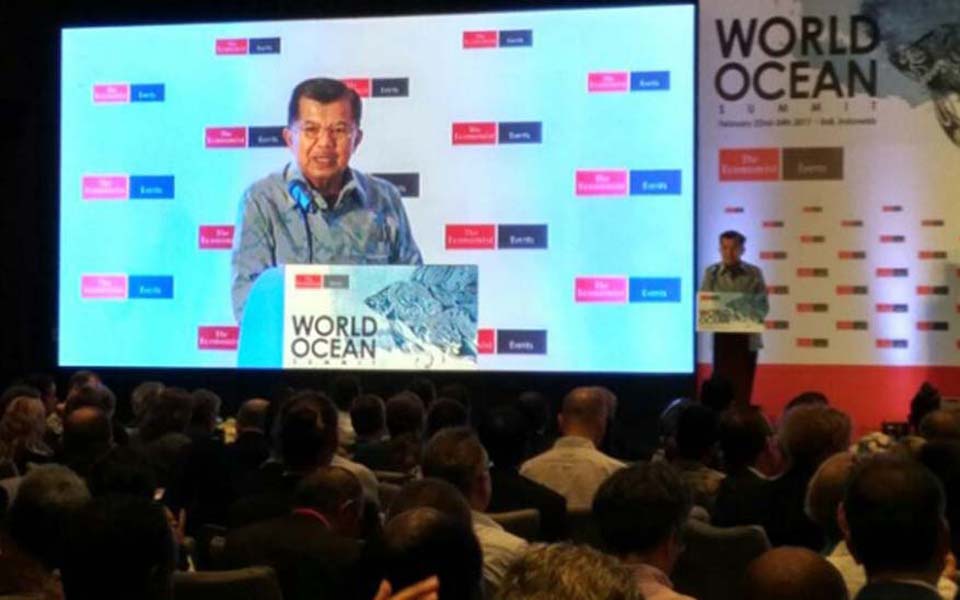Jakarta – Temporary Direct Assistance to the Public (BLSM) could be ineffective because it may not be spent as intended. Using the Direct Cash Assistance (BLT) scheme in 2008 as a reference, 60 percent of the money allocated was used to pay off debts and the rest spent on cigarettes
Answering questions by journalists in Jakarta on Monday July 1, National Statistics Agency (BPS) Social Statistic Deputy Director Wynandin Imawan said that BLSM could be a buttress against inflation for the poor. This however depends upon whether BLSM is spent productively. If this is not the case, then poverty levels will increase. Especially so if inflation exceeds the purchasing power of the poor.
“In 2005 we did an evaluation of direct cash assistance. It turned out that 60 percent of it, on average was used to pay off debts. This was because in general poor households meet their needs through debt. So when they get money it’s usually used to pay off debts”, said Imawan.
In 2005 direct cash assistance was set at 100,000 rupiah per household or 25,000 rupiah per capita. This year, BSLM was set at 150,000 rupiah per household or 37,500 rupiah per capita.
According to National Development Planning Board (Bappenas) Chief Armida Salsiah Alisjahbana, BLSM is one means to prevent poor household’s purchasing power from being eroded by inflation. The increase in the price of subsidised fuel will cause inflation to skyrocket with Bank Indonesia (the central bank) predicting its contribution to inflation will be as high as 2.46 percent.
Meaning that if part of the BSLM is used to pay of debts, then ordinary people’s purchasing power will not be maintained as the government hopes. Let alone if a part of it is use to buy cigarettes.
Referring to research by the Demographic Institute at the University of Indonesia’s Faculty of Economics, spending on cigarettes exceeds that of essentials in the poorest households. According to one of its researchers, Abdillah Ahsan, 47.74 percent of the poorest households were smokers in 2005. In 2009, this increased to 57.1 percent.
The BPS notes that cigarettes were one of the commodities that had a huge impact on the increase in poverty in March 2013. Out of nine consumable commodities cigarettes were in second place after rice. In cities cigarettes contributed as much as 8.82 percent to the increase in poverty. While in rural areas it contributed 7.48 percent. (LAS/MAS/ACI)
[BLSM Bisa Melempem: Rokok menggerus daya beli keluarga termiskin – Kompas. 2 Juli, 2013. Translated by James Balowski.]





